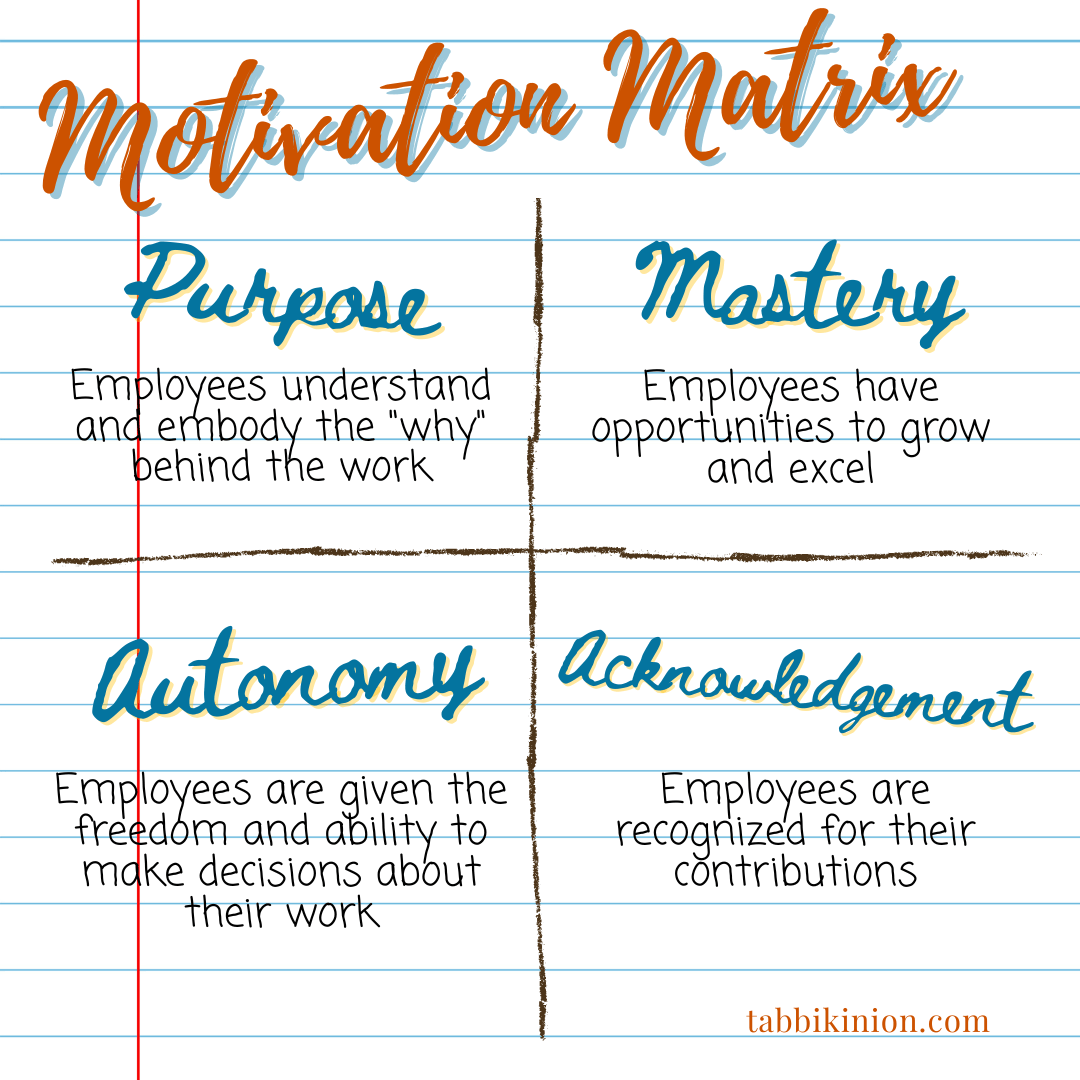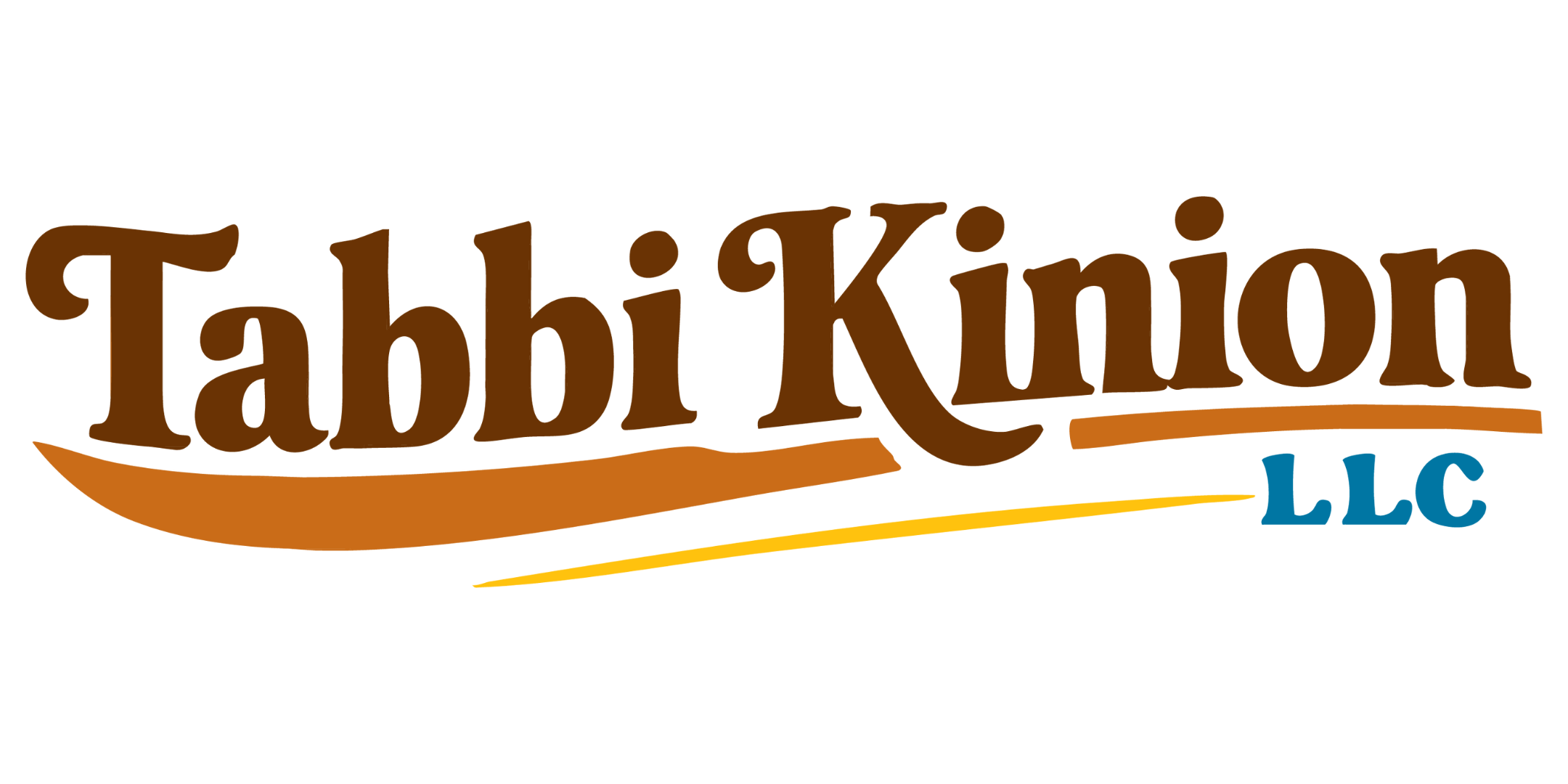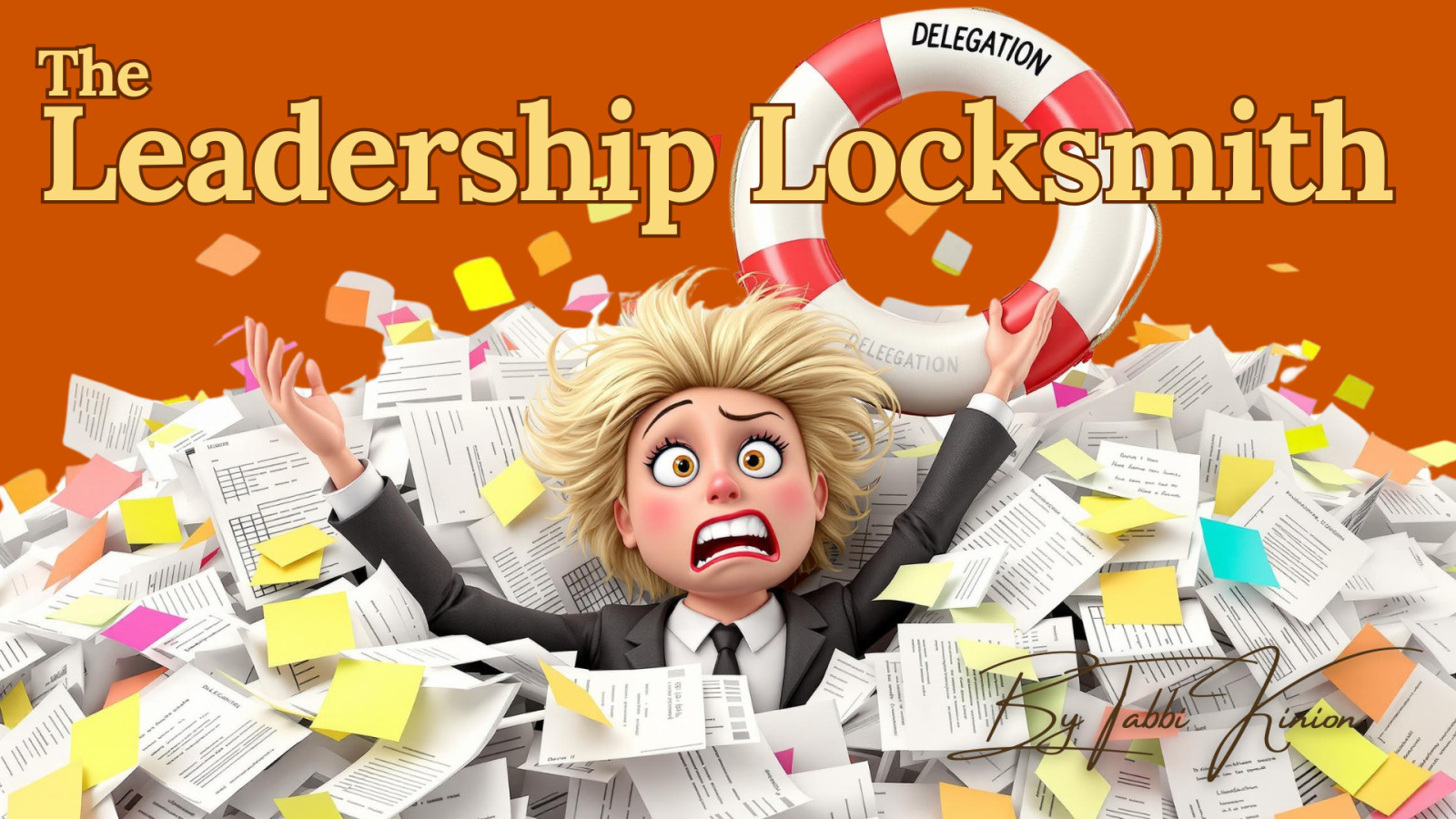
You've heard it a million times: People don't leave jobs, they leave managers. As someone who has walked away from positions despite near-perfect performance scores, I can confirm this truth firsthand. Even when I deeply believed in an organization's mission, I wasn't willing to work under leadership I couldn't trust. Great employees prioritize good leadership over almost everything else.
As leaders, we know that how we act affects whether people stay or go, but do we truly understand what this means for our teams, our organizations, and our bottom line?
Here's something I keep coming back to every time I teach about this topic: According to a recent Inc. survey, 31% of people named their manager or organizational leader as having the most positive influence in their lives, second only to family members (44%).
Let that sink in. Even if you’ve heard it before, take on how important you are in the lives of the people who work for you, for better or worse.
The relationship you build with your team members can be a positive or negative influence on people. Talk about responsibility!
The Motivation Matrix
When we talk about keeping great people, it all comes down to four essential elements:

This matrix is a simple model that represents the foundation of whether your team members decide to stay or go.. Even with a fantastic manager, people will pack their bags if any of these four elements are missing.
Beyond these core motivators, employees also need:
- Work they enjoy: Any task can be meaningful and feel valuable in the right culture. If your people understand the mission and how everything they do contributes, they are far more likely to enjoy their task. It’s the same task but with a different thinking frame.
- Opportunities to use their strengths: The best managers uncover and leverage the unique talents of their team members. And people want to do things they are good at - which is good for the business.
- Something to work toward: Leaders must paint a vision of a brighter future for the organization and the individual. People leave when they feel like they are at a dead-end, and the only way to grow is to leave their organization.
The Real Cost of Turnover
An entry-level employee making $30,000 costs the organization between $9,000 and $15,000 when they walk out the door, and that expense climbs dramatically with higher-level positions. When you lose a senior manager or someone with specialized expertise, the turnover cost climbs to 200% or more of their annual salary in lost productivity, recruitment, and lost revenue costs. That's a hefty price tag for any business, especially those running on thin margins!
Yet Gallup's 2024 Global Workplace Survey reveals that less than half of managers have received any leadership training. We expect untrained leaders to drive our results, retain our best talent, and build thriving teams. And we expect them to know how to do these things? It’s no wonder so many people hate their jobs.
And it is no wonder turnover is such a persistent problem!
Code Word of the Week: Retention
There have been so many tornadoes in the news this week, I am calling the following list your retention tornado alarm. If you see multiple things on your team this week, imagine that stomach-dropping air raid siren noise going off in your office!
🚩 10 Red Flags Someone Is Heading for the Exit 🚩
- The Eye Roll: The subtle (or not-so-subtle) eye rolls or sighs instead of a positive response
- Quality Decline: Once-stellar work now just meets the minimum standard
- The Silent Treatment: Decreased participation in discussions and brainstorming
- Rulebook Rigidity: Suddenly following policies to the letter ("working to rule")
- Island Mode: Reduced collaboration with colleagues
- Attendance Issues: Increased sick days, work from home days, or time off requests
- Emotional Withdrawal: Less personal investment in outcomes - they stopped caring
- Communication Shift: More formal and cold, less sharing of ideas and feedback
- Responsibility Resistance: Pushing back on all new projects or responsibilities
- Initiative Erosion: Decreased problem-solving and proactive contributions
Are you seeing three or more of these signs from a single employee? It's time for a meaningful one-on-one conversation before the LinkedIn notifications start announcing your team member's exciting "new opportunity."
Your Leadership Challenge
This week, scan your team for these warning signs. If you spot them, don't panic – but don't ignore them either. Schedule a genuine conversation to understand what might be missing from their motivation matrix.
But here's the thing – managing these challenging conversations (or avoiding them in the first place) requires skills many leaders haven't had the chance to develop. And leadership skills are not innate or natural - even for people with a “natural leader” personality. When exit interviews happen, they often reveal leadership blind spots that could have been addressed months earlier with the right approach.
This is exactly why leadership training and coaching aren't just nice-to-have perks – they're essential investments that help you prevent talent drain before it starts. The most successful leaders build their retention strategy around developing the communication skills, emotional intelligence, and motivation techniques that keep great people engaged.
Aristotle summed it up more than 2,000 years ago when he said, “Pleasure in the job puts perfection in the work.” In other words, people who enjoy their jobs do a better job. And much of that enjoyment hinges on you as the leader.
Ready to become the leader people stay for? Let's unlock your leadership potential together. Message me to find out about my new Leadership Locksmith cohort!




















0 Comments